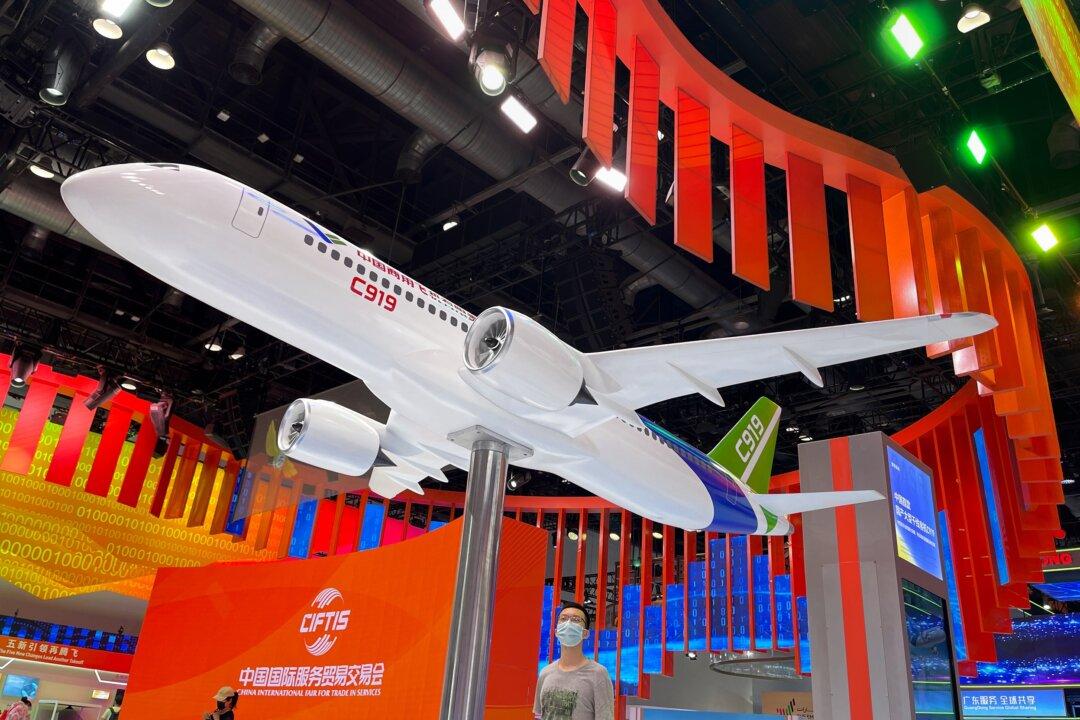Commentary
Samuel Johnson once said of a dog walking on its hind legs that even though it was not done well, one was surprised to see it done at all.

Samuel Johnson once said of a dog walking on its hind legs that even though it was not done well, one was surprised to see it done at all.